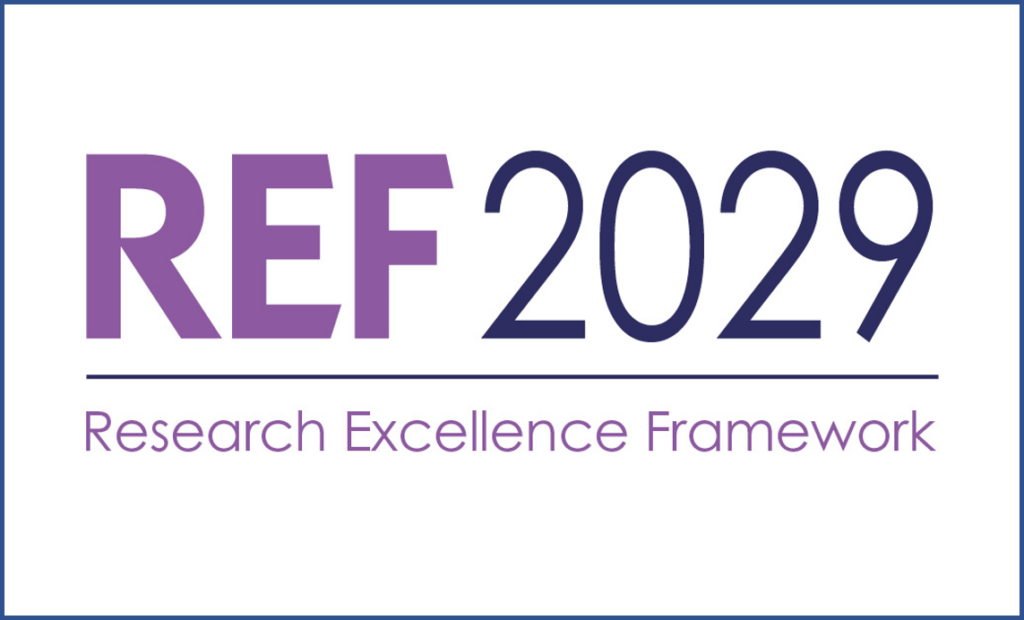
It is the aim of these webpages to keep you up to date with developments, external and internal, relating to the Research Excellence Framework 2029 (REF2029).
We will explain:
- What the Research Excellence Framework is, what it is used for and why it is so important
- All you need to know about REF2029 and how it is relevant to you
- Details of some of the key aspects of REF2029 including People, Culture & Environment and Open Access
- How we are planning and preparing for the University’s submission to REF2029 and how you can help with this.
What is the Research Excellence Framework?
The Research Excellence Framework (REF) is the longstanding assessment process by which the four UK funding councils (Research England, Scottish Funding Council, Higher Education Funding Council for Wales, Department for the Economy, Northern Ireland) periodically assess the quality of research in UK Higher Education Institutions.
For a brief history of the REF – click here
Formal research assessment dates back to the 1980s when it was initially known as the Research Selectivity Exercise, then in the 1990s and 2000s as the Research Assessment Exercise, before being rebranded as the Research Excellence Framework in 2014. It has always been and continues to be a process of peer review undertaken at subject level (described as Units of Assessment) focused primarily on the outputs of research produced over a defined period, underpinned by some assessment of the research environment in which these outputs were produced. However, there have been significant changes to the assessment over the past 40 years. Most notable of these was the introduction of Research Impact as a new assessment element in REF2014. There has also been a drive for continuous improvement in the assessment process, not least to remove opportunities for gaming the process, such that each successive REF has been an evolution of the last.
Why is the REF important?
The outcomes of the REF are used specifically:
- To inform the allocation of block-grant research (QR) funding by the funding councils to HEIs based on research quality
- To provide accountability for public investment in research and produce evidence of the benefits of this investment
- To provide insights into the health of research in HEIs in the UK
More broadly, it is argued that the REF is designed to produce at sector level:
- A research system that produces high-quality, rigorous research accessible to all.
- An inclusive and collaborative research environment that supports a diversity of people, ideas, institutions, methodologies, outputs, and activities.
- An engaged and impactful research system that connects with wider society to bring about positive socio-economic change
The REF is important to the University primarily because it determines how much Quality-Related (QR) funding the University will get across the next funding cycle.

Following the outcomes of REF2014 the University’s QR income increased from c.£200k per annum to c.£850k and post REF2021 to c.£1200k. Positive REF outcomes then contribute to the institution’s general financial sustainability but also enable research initiatives and support schemes such as our longstanding fully-funded PhD studentships and Gold Open Access Funding. Further, QR has been used to support important programmes of research in, for example, Dementia Studies and Mental Health. Beyond the funding, the REF also has significant reputational implications: success in the REF can be used in staff and student recruitment, to promote collaborations and to fuel partnerships. REF outcomes also feed into league tables. The REF then has wide-ranging significance for the University.